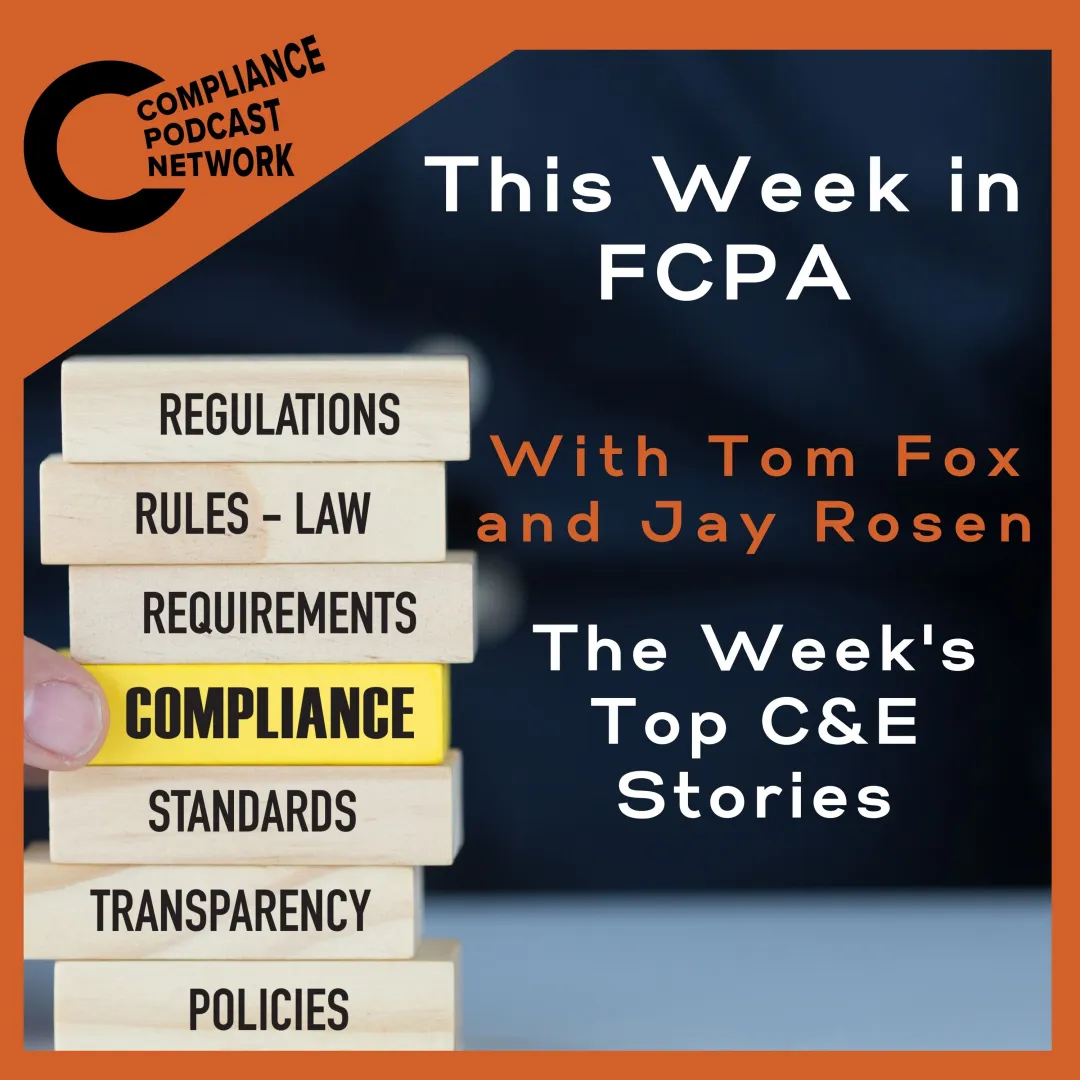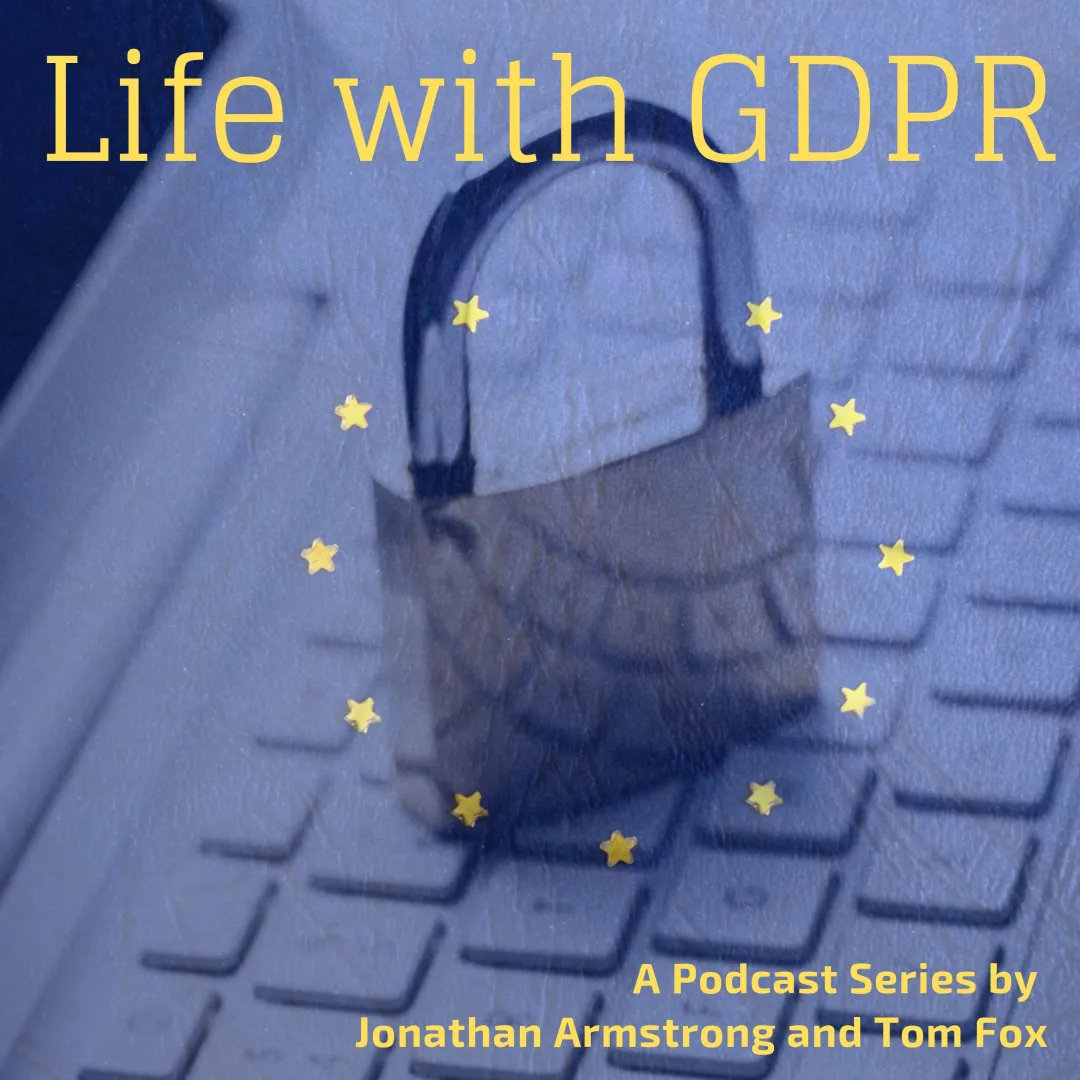Bill J. Allen died last week. Not familiar with the name? Then check out his New York Times (NYT) obituary. Perhaps outside of Illinois or Ohio, he ran one of the most brazen state legislature corruption schemes around, in the state of Alaska. His power and influence were so great that he was the cooperating witness who brought down a sitting Senator, Ted Stevens, although the Indictment was withdrawn after conviction but before sentencing due to prosecutorial misconduct.
Allen held court at a suite at the Westmark Baranof, a luxury Art Deco hotel four blocks from the State Capitol in Juneau, where he and his cronies “dished out money and told their visitors what they wanted in return. Mr. Allen and his circle seemed to revel in their shamelessness. He and Mr. Smith always booked Suite 604, and Mr. Allen always sat in the same chair. He bragged that he kept $100 bills in his front pocket, the easier to dole them out to friendly politicians. The girlfriend of one politician even had hats embroidered with the letters CBC, for “Corrupt Bastards Club.””
Allen and his brazen corruption schemes seem like a good way to introduce the concluding Part 3 of my series on fostering an ethical culture through psychological safety. This series is based on a recent article in the MIT Sloan Management Review, Summer edition, entitled “Fostering Ethical Conduct Through Psychological Safety” by Antoine Ferrère, Chris Rider, Baiba Renerte, and Amy Edmondson. In Part 1 we introduced the concept of psychological safety and why it is so important to creating an ethical culture in a business. In Part 2, we considered how to determine the state of psychological safety in your organization. Today in Part 3 we consider what happens in an organization where psychological safety is lacking and steps an organization can take to remedy this deficiency.
The authors believe that “when psychological safety is lacking, it may be a consequence of the employee having witnessed unethical behavior.” Moreover, the inversion of psychological safety “correlated to the quantity of unethical behavior noticed. Put simply, the more unethical behavior a person saw, the more likely they were to feel psychologically unsafe. This suggests that the experience of seeing more unethical behavior may diminish the psychological safety experienced by an employee.” Simply put if your bosses engage not only in corrupt behavior but simply unethical behavior, it will send a message throughout the organization that reporting unethical behavior will not be favored. One only need think of Jes Staley, former Chief Executive Officer (CEO) of Barclay’s who engaged in illegal behavior in attempting to unmask an internal whistleblower. In November 2021, Staley resigned amid a regulatory probe into whether he mischaracterized his relationship with the financier and sex offender Jeffrey Epstein. In many ways Barclays has never recovered.
The authors basically state the obvious when they write, “it makes intuitive sense that being in a work environment where unethical behavior is prevalent might diminish psychological safety.” Put another way “people are most reluctant to speak up in ethically troubled environments, where we most need them to do so.” This is an important issue for every Chief Compliance Officer (CCO) and business leader. To overcome such a deficiency, they found that “several other factors correlated with strong speak-up behavior, keeping everything else constant: moral engagement, moral attentiveness, and organizational justice combined with clarity of expectations.”
Moral engagement. As a CCO you should endeavor to create an atmosphere where ethical conduct matters, “so that when employees recognize a potentially unethical situation, they will be motivated to do what’s right.” At Novartis International AG, the authors noted the company “created a decision-making framework called the Decision Explorer to support associates in making ethical decisions. Rooted in the company’s code of ethics, the tool helps employees work through a situation to surface ethical considerations.”
Moral attentiveness. You can educate employees to recognize the ethical dimensions of situations. They point to the example at Novartis who “runs practical ethics training sessions that immerse employees in hypothetical scenarios where they must practice ethical decision-making. Another approach is to have managers highlight examples of ethical and unethical behavior with their teams and encourage dialogue on workplace ethics. Such grassroots employee contributions build trust and commitment by giving employees a role in strengthening the code of behavior by which they are expected to live.”
Organizational justice. Obviously talk is cheap and it is actions, not deeds, that matter. The Department of Justice (DOJ) has made clear in the Update to the Evaluation of Corporate Compliance Programs that the keeper and responsibility of institutional justice sits with the CCO and the authors find that this same concept “is vital to building a reputation of organizational justice.”
Clarity of expectations. CCOs must communicate a clear message to employees so that employees will have “an understanding of organizational standards and are clear about expectations.” Second, CCOs must act decisively in response to employee reports of misconduct to show that there are consequences for unethical behavior. To foster greater psychological safety, coach and empower line managers to create safe spaces for discussing ethical concerns, and help them react appropriately when such issues are raised.
The siloed nature of this issue must also be addressed. As previously noted, this issue touches multiple corporate disciplines including HR, ethics and integrity, risk management, legal and compliance. There must be a cross-functional approach in building a culture of ethics and performance. For example, Novartis created a cross-functional working group focused on the notion of ethical leadership.
The authors concluded, “Building a psychologically safe environment to facilitate speaking up about ethical conduct is relevant to both company reputation and long-term business performance. Unethical conduct can remain hidden for a time but is likely to be discovered eventually, causing far more harm than if it were caught and corrected early. Psychological safety thus can help organizations respond and improve quickly instead of allowing misconduct and unethical behavior to fester and further degrade workplace psychological safety, thus triggering a vicious cycle.” Every compliance professional should use the research from the authors study to craft a program to create or improve the psychological safety at your organization. The authors frankly state that organizations which have relied on speak-up channels or ombudspersons as mechanisms for reporting unethical behavior is no longer sufficient. “They need to be complemented by efforts to actively shape and promote an ethical climate in which managers are equipped to support employees’ ability to say what they think and react appropriately to what they hear.”
Day: July 21, 2022
The Week In FCPA

Life With GDPR

The Ethics Experts


Mollie Sitkowski is Trade Compliance Counsel at Faegre Drinker, where she handles import and export control and compliance work on behalf of the firm’s clients. She has assisted numerous clients in developing and implementing import and export compliance programs and offers continued training to the business areas that touch on import and export compliance. She returns in this episode to discuss key points about the Uyghur Forced Labor Prevention Act.
Customs has been advocating forced labor risk assessments since the consumptive demand loophole that allowed companies to import goods made by forced labor was taken out. However, aside from companies in very high-risk industries such as textiles, most companies weren’t conducting these risk assessments. Mollie advises listeners to start mapping out supply chains and identifying ones with the highest risk – you can’t assess your risk without knowing your supply chain.
Every company should have a supplier code of conduct, Mollie adds. The best practice would be flowing down the requirements from your first-tier suppliers to their suppliers, because the manufacturers also need to be on board and held responsible.
Resources
Mollie Sitkowski on LinkedIn
Daily Compliance News
Welcome to the Greetings and Felicitations, a podcast where I explore topics which might not seem to be directly related to compliance but clearly influence our profession. In this episode, I begin a two-part episode with John Aceti author of Profiles of Leadership. John talks about his long life or what he calls “from nothing to something”. Highlights include:
- Leadership and lessons learned from a life’s experience.
- Re-engagement lessons.
- Air Force career.
- Obtaining an MBA.
- A life in education.
According to Juan Toribio, writing in MLB.com, Blake Grice waited patiently with his right hand raised for about two minutes to hear his name called inside the Dodgers’ interview room. When he was finally noticed, LA Dodgers star pitcher Clayton Kershaw asked “Whatcha got?” The 10-year-old related that his dying grandfather, Graham, had created a bucket list of things he still wanted to do, one of which was to meet Kershaw. Blake was credentialed by MLB to attend the Post-Game Press Conference and when he did, he dedicated the moment to his now deceased grandfather.
As reported by Toribio, Blake told Kershaw ““My grandpa loved you. He watched the 1988 [World] Series and he wanted to meet you and Vin Scully one day. So this moment is important to me because I’m meeting you for him.” Before he finished telling Kershaw the story, Blake began to cry” and Kershaw responded by going over to Blake and consoling him with a hug. Kershaw the said to him, “Come here, dude, great to meet you. Thanks for telling me. That took a lot of courage to tell me that. Great to meet you. Your granddad sounded like an awesome guy. Thanks for coming up.””
With a nod of the (St. Louis Cardinals) hat to Tim Erblich for sending me this story, I thought it was a very good way to introduce Part 2 of my series on advancing ethical culture through psychological safety. This series is based on a recent article in the MIT Sloan Management Review, Summer edition, entitled “Fostering Ethical Conduct Through Psychological Safety” by Antoine Ferrère, Chris Rider, Baiba Renerte, and Amy Edmondson. The authors believe “there are a number of things organizations can do to make it more likely that people will speak up when they observe unethical behaviors.” But one key is psychological safety, defined by co-author Edmondson as “a shared belief held by members of a team that the team is safe for interpersonal risk-taking” — or, put another way, that “we can say what we think” or “be ourselves around here.” Today, we look at how to determine the state of psychological safety in your organization.
The authors’ research concluded that while many employees “said that they spoke up after witnessing perceived unethical behavior, a substantial minority said that they did not speak up.” The authors found that “those who felt less psychologically safe were significantly less likely to report those behaviors via channels where organizational leaders might act on them.” Conversely, employees “who felt the most psychologically safe were most likely to have reported the misconduct they observed. This held true even after taking into account a range of other psychological factors that could influence incident reporting, such as perceived levels of organizational justice, fairness, and trust. Psychological safety is therefore important for more than just team effectiveness and well-being; it may also be critical for forming strong ethical cultures where employees feel comfortable speaking up.”
Interestingly, the authors realize the non-siloed nature of psychologically safety at the workplace. They note that ethics, risk management, legal and compliance functions, plus Human Resources (HR) all share an interest in fostering such an environment. This mandates a cross-functional approach as an essential requirement of molding an organization’s culture to include psychological safety. The authors believe, “Managers throughout a company must become aware of the blind spots created by a psychologically unsafe environment, along with the associated risk of underreported misconduct.” They also caution that a formal program such as a reporting hotline “may capture only a fraction of the problematic behaviors that occur.” This leads the authors to posit that gauging psychological safety “may help companies determine whether misconduct is being reported and, in turn, enhance the effectiveness of their formal speak-up programs.”
After 15 years of the Department of Justice (DOJ) and other regulators talking about “tone at the top”; the authors credit that most organizations appear to have senior leadership that talks about ethics positively. They believe “CEOs emphasize that integrity is a core value of their organizations, and that point is reiterated in calls with shareholders and during employee town hall meetings.” Unfortunately, while this messaging is important, the research indicated “it is not sufficient to prevent the derailers of ethical conduct that occur deep within an organization.”
The authors recognize what compliance professionals have known for some time, that it is middle managers, and “not just official speak-up channels are often on the front lines when it comes to hearing about unethical behavior.” They found that 80% of employees who did report internally, went to their direct managers, who are almost always in middle management. This is because middle managers are the company leaders play who play the critical role in ensuring that an employee speaking up feels supported and heard. The authors noted, “Our data shows that how line managers act has a disproportionate impact on the way potentially unethical behavior is addressed within organizations.”
Unfortunately, simply because a middle manager may feel psychologically safe you must not assume that their direct reports feel the same way. Confirming the findings from the ECI Report of its 2021 Global Business Ethics Survey, “managers and senior leaders tend to feel more psychologically safe than their employees and have a more positive perception of their organization’s ethical climate than the rest of the workforce. When you put these two findings together it makes clear that the higher up in the organization you go, there may well be “an ethical blind spot. That makes the role of team managers even more important when it comes to fostering an environment conducive to both engaging in ethical behavior and talking about ethics in an open, constructive way.”
The authors also confirmed a greater problem which is that “in a global context, psychological safety is not uniform across nations.” Survey respondents from “the Americas and Europe tended to score higher on psychological safety than respondents from Asia.” This suggests to the authors that “the potential effectiveness of tailoring interventions that promote speaking up in order to address the specific circumstances of different groups of employees.” Moreover, “global organizations that seek to build psychological safety must assess its various region-specific drivers and derailers to adjust their activities to specific seniorities and cultures.”
Join us tomorrow in Part 3 where we consider why a company that does not have psychological safety throughout it can not only be so toxic but in serious danger as well.






